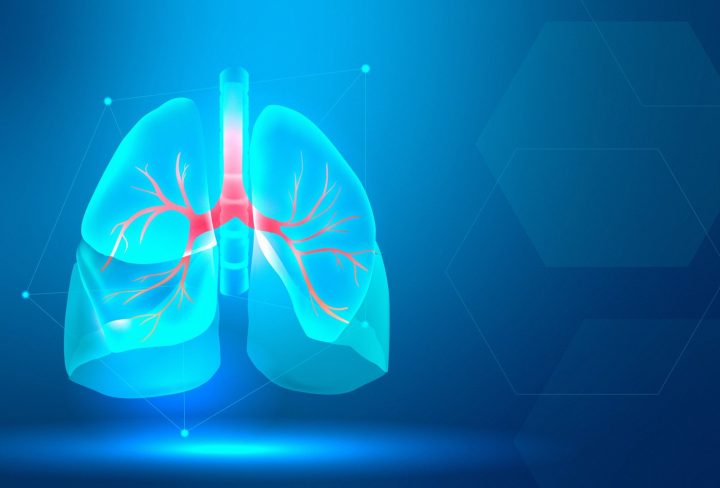A medical intervention that involves the use of a machine to help patients who cannot breathe on their own.
It is also known as artificial respiration or simply a ventilator.
Mechanical ventilation provides oxygen to the lungs and helps to remove carbon dioxide from the body.
Types of Mechanical Ventilation
2 main types:
- Invasive mechanical ventilation: Involves inserting a tube through the mouth or nose and into the windpipe (trachea).
- Non-invasive mechanical ventilation: A mask is placed over the nose or mouth, and air is delivered through the mask.
Why are Mechanical Ventilators Used?
Mechanical ventilators are used when a patient is unable to breathe on their own. This can happen for a variety of reasons, including:
- Respiratory failure (pneumonia or chronic obstructive pulmonary disease)
- Injuries to the chest or lungs
- Anesthesia during surgery
- Neuromuscular disorders that affect the muscles used for breathing
Risks of Mechanical Ventilation
While mechanical ventilation can provide life-saving support for patients who are unable to breathe on their own, it also carries some risks. These include:
- Infections
- Lung injury
- Cardiovascular complications
- Anxiety and discomfort
What Happens During Mechanical Ventilation?
- A tube will be inserted through the mouth or nose and into the windpipe.
- This process is known as intubation and is typically done under sedation to minimize discomfort.
- Once the tube is in place, it will be connected to the ventilator, which will provide support for the patient’s breathing.
- The ventilator will be adjusted based on the patient’s specific needs, including the amount of air delivered, the rate of breaths, and other settings.
What are the Advantages of Mechanical Ventilation?
- Increased oxygen levels in the blood.
- Decreased carbon dioxide levels in the blood.
- Rest for respiratory muscles, which can reduce fatigue and improve recovery.
- Improved lung function by delivering air to areas of the lung that are not being used.



